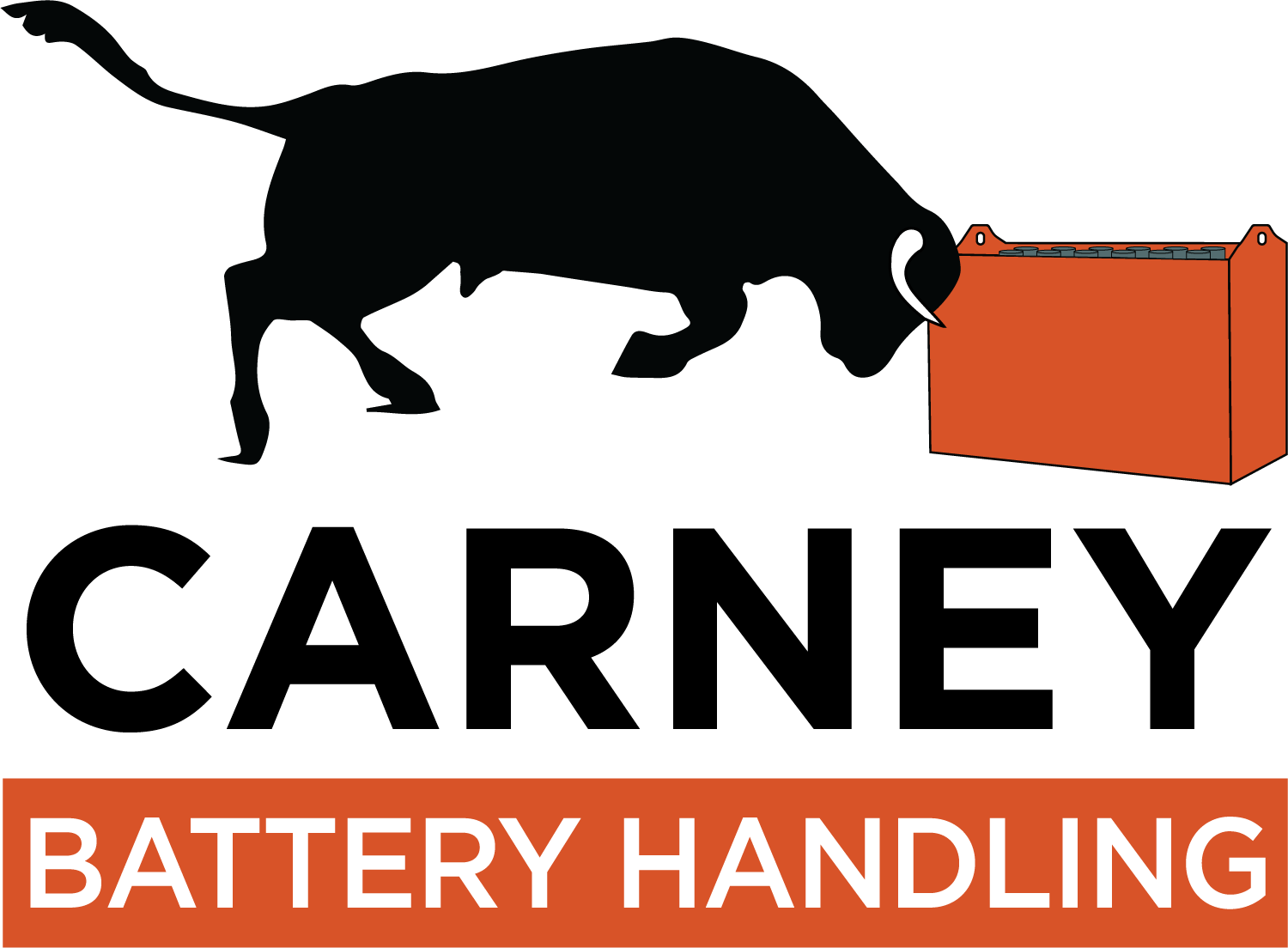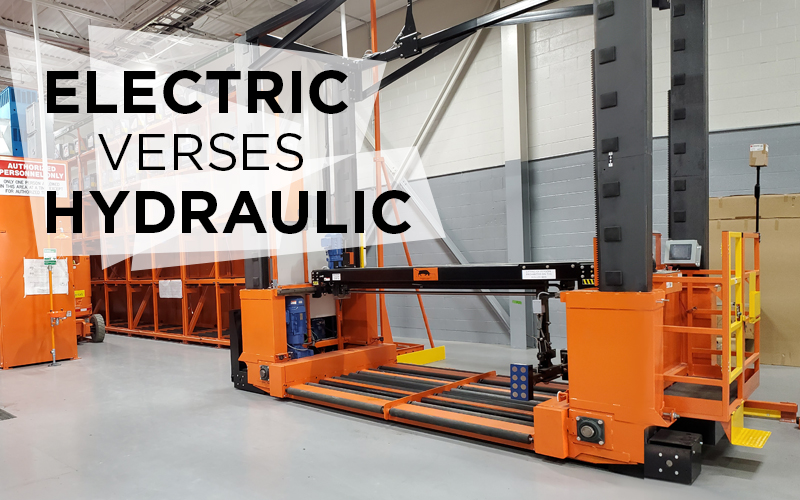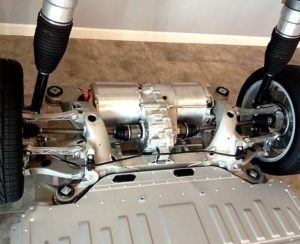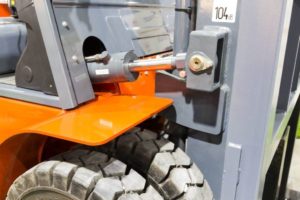In the battery handling industry, the topic of electric verses hydraulic comes up almost every day. We are always talking to customers about replacing older machines and then we need to explain the operational differences between these technologies.
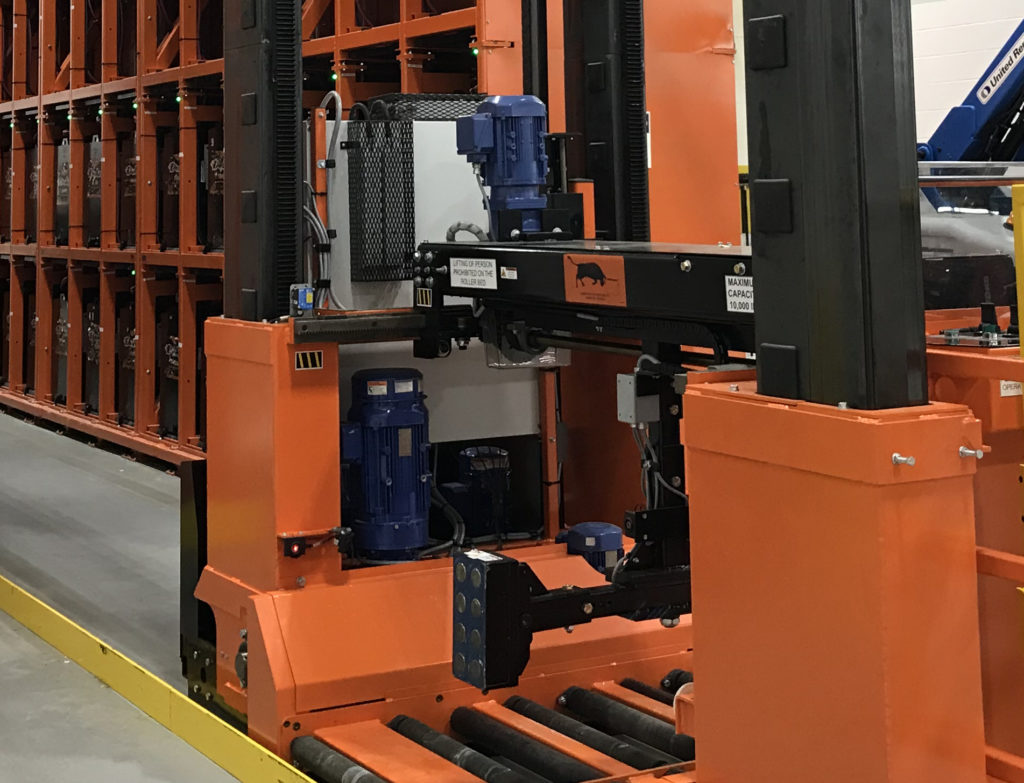
The BBE series Battery Bull utilizes eight (8) various sizes of gear motor assemblies all responsible for different function movements.
We typically start out by saying something obvious like “Our electric machines don’t leak,” and it’s true – no hydraulics equals no leaks. The multiple drive motor gear boxes used with our electric systems are filled with light grease, however with their sealed bearings and low operating pressure, these units are lubed for life, meaning they require no maintenance.
Now to address the question – Is electric better than hydraulic?
In my opinion, it’s all up to the actual work/function being provided by the movement. Application engineers across different industries are selecting the most efficient and cost-effective mode of energy transfer. For instance, the Tesla Model “S” automobile uses an all-electric A.C. drive system. The brushless motor gearbox combination is also a stator or charging system. If the car is driving on a flat surface or an incline, it depletes energy from the batteries and if its coasting downhill the energy produced (fly back current) returns to the battery. Obviously, there is more battery depletion than charging going on, but it all helps.
The reason I use Tesla as an example is that they could have opted to use a hydraulic drive transmission, but it would have added another power source, a torque converter/pump and additional weight to the vehicle. The Tesla uses a 10:1 ratio drive system able to produce 400lbs of torque throughout the entire R.P.M. range.
Using electric motors as a link in the chain of mechanical drive systems isn’t really all that new.
For years, electric motors have been the prime mover of choice in industrial settings, but in most applications, the motor doesn’t directly drive the mechanical output. Motors have been attached to pumps, pulleys, sprockets, gears and gear boxes. The reason intermediate forms of power transmission were required was because motors weren’t so easily stopped, started, or reversed, and speeds were difficult to control. Now with variable frequent drives, much more control is available to industry.
So what about hydraulics?
Hydraulics is unique in the world of power transmission because it is truly the master of power density. There is no more compact method of mechanical actuation than with hydraulics when considering power to size ratio. The number of oil molecules able to be packed into a hydraulic cylinder or motor to create force is limited only by the construction and material of the design.
However, with electric actuation, we are limited by their ability to create magnetic fields powerful enough to match hydraulics. For instance, one can see the potential of hydraulics and versatility by considering a typical lift truck mast assembly able to lift a 4,500lbs pallet 180” in the air with a load and then collapse to fit into a 96” tall tractor trailer. To build a multistage electric mast with comparable capacities and functions would be cost prohibitive.
My prediction on the future of electric verses hydraulic is more drive / travel systems will be going with electric motor controls and variable frequency drives, while hydraulic cylinder functions and controls will continue to evolve with additional offerings on smart motors, pumps, valves and cylinders.
ABOUT THE AUTHOR
Jim Lane is the Vice President of Sales at Carney Battery Handling Ltd. and has over 35 years of industry experience, with a background in Electrical Engineering.
